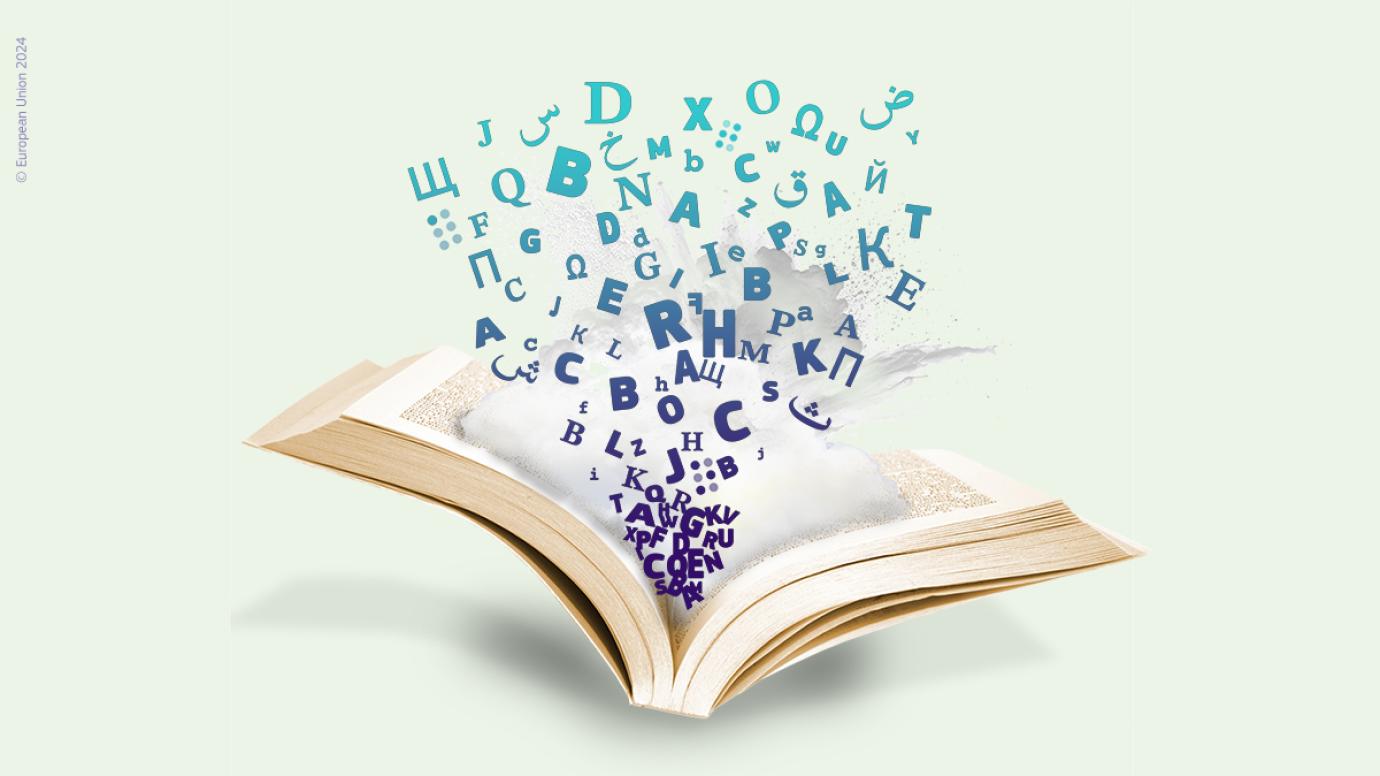Introduction
In an increasingly interconnected world, language barriers remain one of the biggest challenges to global communication. Whether for business, education, or personal interactions, the ability to translate languages accurately and efficiently is crucial. One of the most significant advancements in this field is Översätt, a cutting-edge translation technology that has transformed how people and businesses communicate across languages.
This article explores the origins, features, benefits, and future prospects of Översätt, highlighting its role in breaking down language barriers and fostering global connectivity.
What is Översätt?
Översätt (Swedish for “translate”) refers to advanced translation tools and services that leverage artificial intelligence (AI) and machine learning (ML) to provide fast, accurate, and context-aware translations. While the term itself is Swedish, the concept has been adopted by various translation platforms, including some powered by companies like Google, Microsoft, and DeepL.
Översätt represents more than just word-for-word translation—it incorporates natural language processing (NLP) to understand idioms, cultural nuances, and contextual meanings, making translations more human-like than ever before.
The Evolution of Translation Technology
1. Early Machine Translation (Rule-Based Systems)
The first attempts at machine translation in the mid-20th century relied on rule-based systems, where linguists manually programmed grammatical rules and dictionaries. These systems were limited, often producing awkward and inaccurate translations.
2. Statistical Machine Translation (SMT)
In the 1990s and early 2000s, statistical models improved translation by analyzing large bilingual text datasets. While better than rule-based systems, SMT still struggled with context and fluency.
3. Neural Machine Translation (NMT) – The Rise of Översätt
The breakthrough came with Neural Machine Translation (NMT), which uses deep learning to process entire sentences and paragraphs rather than individual words. This approach, adopted by modern tools like Översätt, allows for:
-
More natural-sounding translations
-
Better handling of grammar and syntax
-
Improved understanding of context and idioms
Platforms like Google Translate, DeepL, and Microsoft Translator now use NMT, making Översätt-level translations accessible to millions.
Key Features of Modern Översätt Systems
1. AI-Powered Contextual Understanding
Unlike older systems, Översätt tools analyze entire sentences, considering tone, intent, and cultural references. This reduces errors in translations of ambiguous phrases.
2. Multilingual Support
Most Översätt-based platforms support 100+ languages, including widely spoken ones (English, Spanish, Mandarin) and lesser-known dialects.
3. Real-Time Translation
With applications in chat, video calls, and live subtitling, real-time Översätt tools help in business meetings, customer support, and international collaborations.
4. Voice and Speech Recognition
Voice-to-text and text-to-voice capabilities allow for spoken translations, useful for travelers and customer service bots.
5. Offline Functionality
Some Översätt apps (like Google Translate) offer offline modes, enabling translations without an internet connection—critical for travelers and remote workers.
6. Industry-Specific Customization
Businesses can train AI models on industry-specific terminology (legal, medical, technical) for higher accuracy in professional settings.
Benefits of Översätt in Various Sectors
1. Business and E-Commerce
-
Global Expansion: Companies can localize websites, product descriptions, and customer support in multiple languages.
-
Cross-Border Communication: Real-time translation in emails and video conferences facilitates international deals.
2. Education
-
Language Learning: Students use Översätt tools to understand foreign texts and improve vocabulary.
-
Academic Research: Scholars access and translate research papers from different languages.
3. Healthcare
-
Multilingual Patient Care: Doctors use translation apps to communicate with non-native speakers, improving diagnosis accuracy.
-
Medical Documentation: Research and clinical reports can be quickly translated for global collaboration.
4. Travel and Tourism
-
Instant Translation: Tourists use apps like Google Translate to read signs, menus, and converse with locals.
-
Hotel and Hospitality: Staff assist international guests more efficiently.
5. Media and Entertainment
-
Subtitling and Dubbing: Streaming platforms use AI-powered Översätt to localize movies and TV shows faster.
-
News Translation: Global news agencies translate articles in real-time for international audiences.
Challenges and Limitations
Despite its advancements, Översätt technology still faces some hurdles:
1. Accuracy in Complex Contexts
-
Slang, humor, and cultural references can still be mistranslated.
-
Legal and medical translations require human review for precision.
2. Data Privacy Concerns
-
Some users worry about sensitive information being processed by third-party AI systems.
3. Over-Reliance on Technology
-
Excessive dependence on machine translation may reduce motivation to learn new languages.
The Future of Översätt
The next generation of translation technology will likely include:
1. Augmented Reality (AR) Translations
-
Apps that overlay translations on real-world objects via smartphone cameras.
2. Emotion-Aware AI
-
Systems that detect and replicate emotional tone in translations.
3. Fully Autonomous Real-Time Interpretation
-
Wearable devices that provide instant spoken translations in conversations.
4. Decentralized Translation Models
-
Blockchain-based systems for secure, private translations without corporate intermediaries.
Conclusion
Översätt has revolutionized language translation, making global communication faster and more accessible than ever. While challenges remain, ongoing advancements in AI and machine learning promise even more seamless and intuitive translation experiences in the future.
As businesses, educators, and individuals continue to embrace these tools, the dream of a truly borderless world—where language is no longer a barrier—becomes increasingly attainable.

